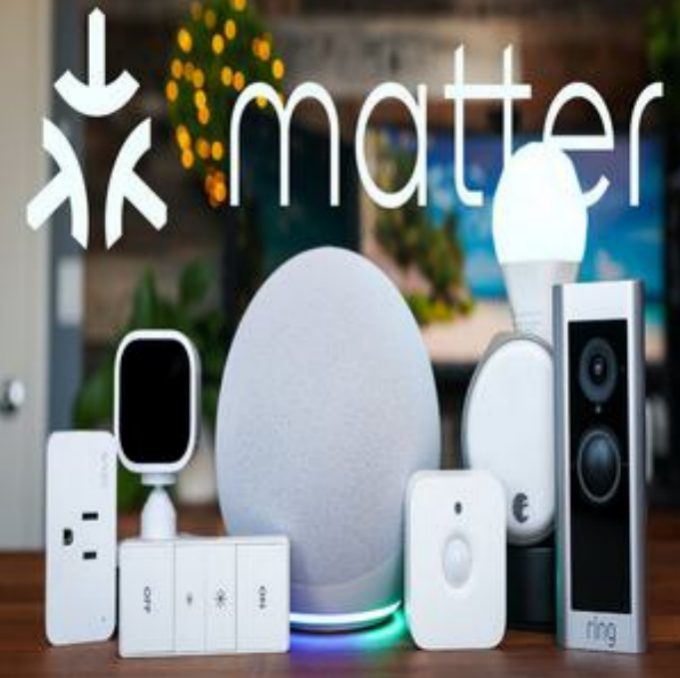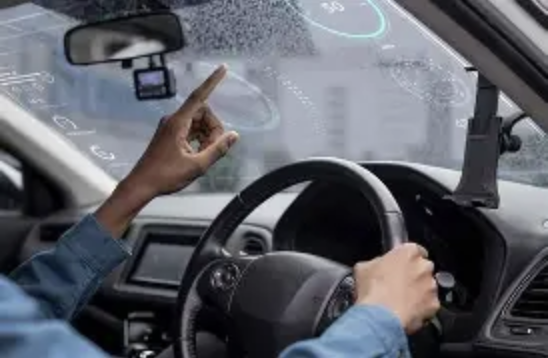5G and 6G: Accelerators of Future Communication Competing in Parallel
Every time you hear the word “5G,” does it evoke a sense of futuristic technology? 5G communication technology is like a super sports car—extremely fast, capable of carrying massive amounts of data, allowing you to use your phone, play games, and watch videos almost without any buffering. But is 5G fast enough? What if I told you that 6G is already on the way, and its speed will make 5G look like a small electric car in the slow lane—would you begin to imagine just how fast future communication technology could be?
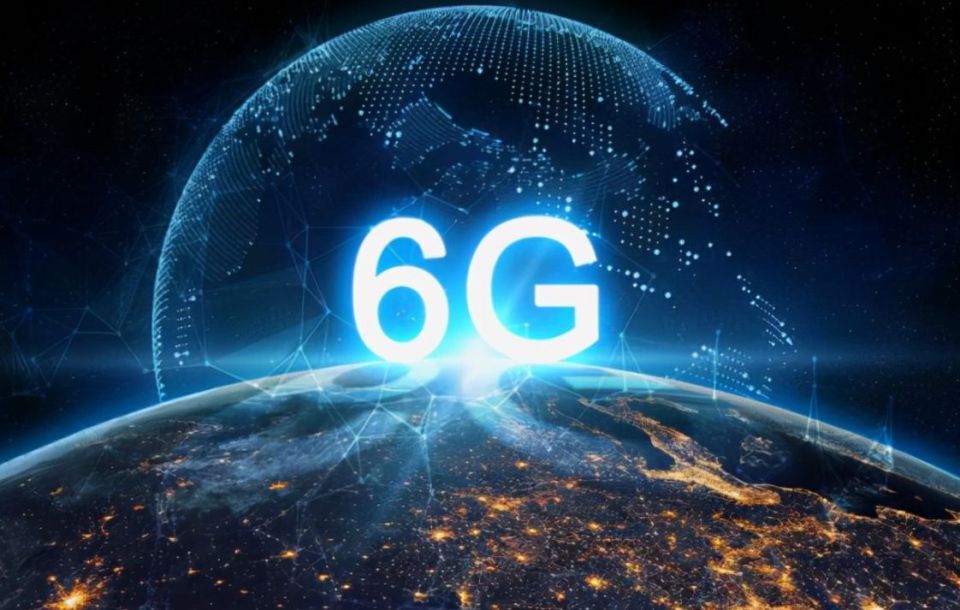
5G communication technology is like adding a turbocharger to the network. Have you ever experienced buffering while watching videos on your phone or lag while playing online games, where you react quickly, but the action on the screen is delayed by a few seconds? In other words, 5G is like the “sports car” of networks—it accelerates faster and can easily overtake crowded traffic. For example, if you’re watching a 4K video, 5G can load the video the moment you press play without needing to wait for buffering. Moreover, 5G has an extensive coverage range, allowing you to enjoy high-speed internet even in places like underground parking lots or remote mountains.
While people are still immersed in the unprecedented good experience brought by 5G, 6G has already arrived. If 5G is a “sports car,” 6G is like a train speeding toward the speed of light—unbelievably fast and capable of carrying even more traffic. You can imagine what role 6G will play in future smart cities—all devices and the Internet of Things (IoT) will be interconnected via 6G. Your fridge will not only know how much food is inside, but it will also automatically remind you of what to buy, and it might even work together with the corner supermarket to help you pick the freshest ingredients.
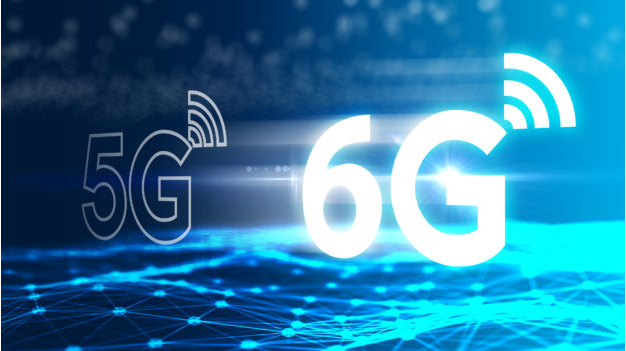
Of course, 6G isn’t just about being “fast.” It may even give rise to more immersive experiences that make you feel like you’ve truly entered another world—with almost no delay in your “senses.” However, these technologies are not out of reach. With the help of 6G, they are likely to become a reality.
Although 5G and 6G might seem like “older and younger generations,” in reality, their relationship is more like a collaboration between “highways” and “high-speed trains.” 5G is the current main force, while 6G is the engine for the future. You may no longer need to use your phone to make calls because, with 6G, you can communicate face-to-face with friends in a virtual world, as if you’re in the same room. Autonomous vehicles will become safer, industrial robots will be more efficient, and medical technologies will undergo new transformations. Even every device in your home will be interconnected in real-time via 6G, forming a vast “smart network.”
At this point, you might have some doubts: Doesn’t all this sound too far off? It’s not. While 6G is still in the research and development phase, its foundational technologies have already begun to take shape in some fields. For instance, artificial intelligence and terahertz communication (which operates at higher frequencies than 5G) are paving the way for 6G. In the next decade, we might just enter the “speed of light era.”
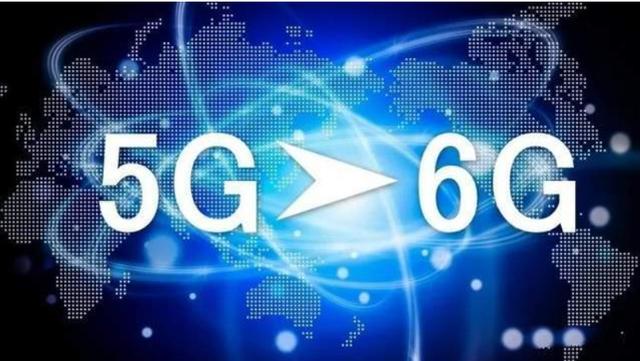
To summarise, 5G and 6G are not just simple upgrades in “network speed” but revolutions in how we live and work. 5G has already made our internet experience faster and more stable, while 6G could bring an entirely new digital world, ushering in a broader intelligent era. From mobile internet to smart homes, from autonomous driving to smart cities, 5G and 6G will undoubtedly inject more possibilities into our lives.
(Writer:Weink)



